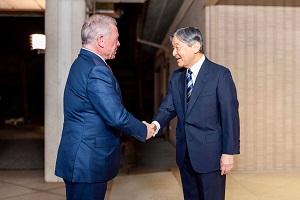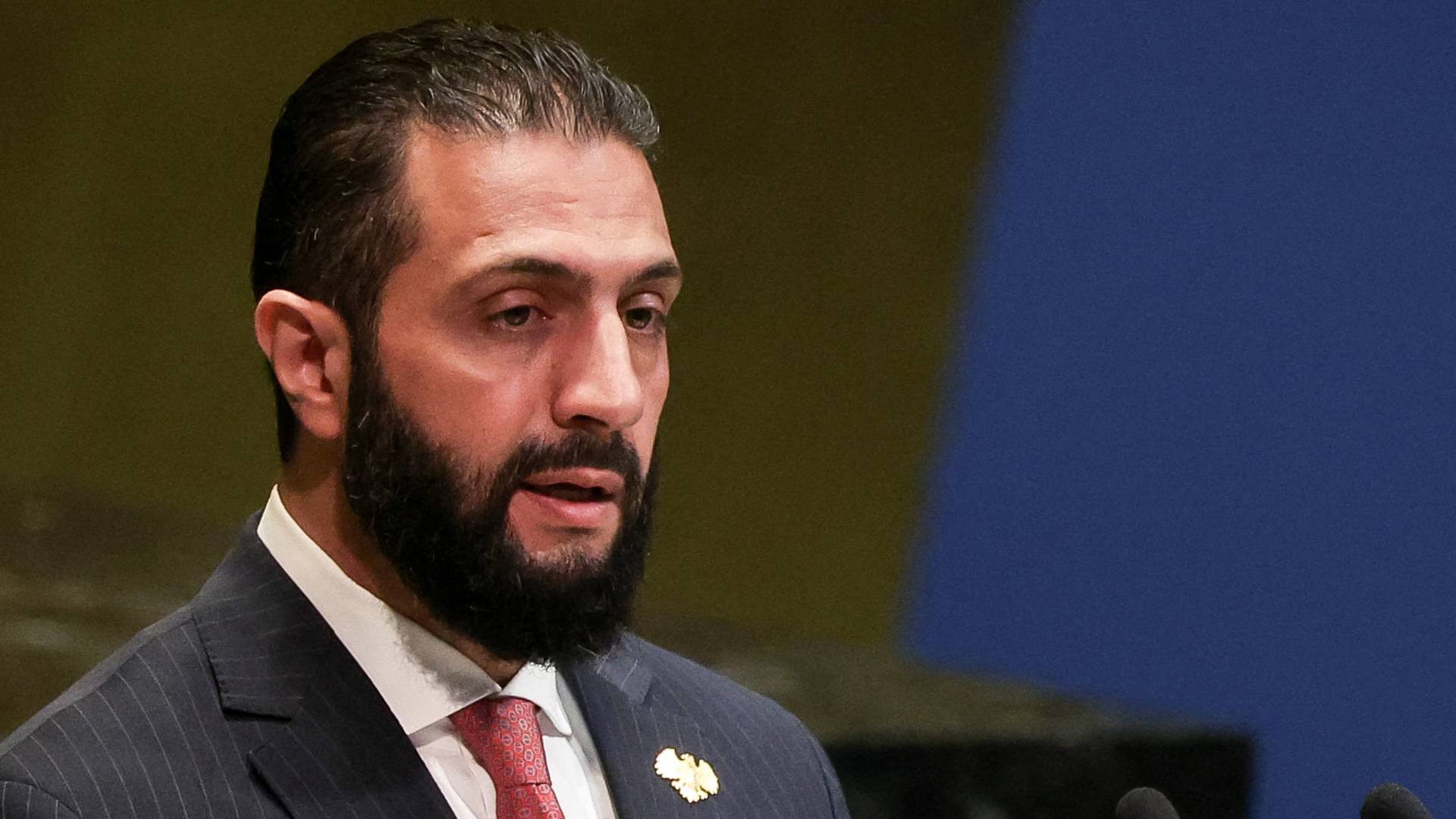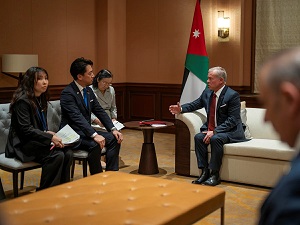Beyond the award: How Jordan is redefining tourism as a national narrative - By Lubna Hanna Ammari, The Jordan Times
Under the lights of the 35th edition of the World Travel Market 2025 (WTM) in London, Jordan captured international attention through its award-winning pavilion organised by the Jordan Tourism Board (JTB) in partnership with the Ministry of Tourism and Antiquities. The pavilion was distinguished with the prize of “Best Pavilion Design in the Middle East,” a recognition that reflects not only the aesthetics of its exhibit but the deeper ambition of Jordan’s tourism strategy. The design, inspired by the iconic Jerash Gate and augmented with interactive visual experiences of destinations such as Petra, Wadi Rum, the Dead Sea and Aqaba, signals that Jordan is doing far more than promoting a destination it is constructing a narrative of identity, heritage and innovation.
The significance of the award goes beyond ceremony. It marks a symbolic leap in Jordan’s repositioning of tourism as a national narrative rather than a mere economic sector. Recent data provide compelling context: in the first four months of 2025, Jordan welcomed approximately 2.125 million international visitors, a 19 per cent increase compared with the same period in 2024. Overnight arrivals rose by 15.3 per cent and same-day visits surged by 41.6 per cent. Tourism revenues for the first quarter reached around JD 1.217 billion, an 8.9 per cent rise year-on-year. This rebound illustrates that Jordan is converting its tourism assets into measurable results and that the narrative of the destination is gaining traction globally.
Indeed, Jordan’s tourism strategy for 2021-2025 sets out pillars that align with this transformation: preserving heritage, developing human capital, leveraging innovation and enhancing the visitor experience. Through this lens, the WTM-London pavilion becomes a manifestation of those pillars: an immersive storytelling device, an expression of national heritage in a contemporary form, and a bridge between the human dimension and global markets. The pavilion thereby becomes more than a display, it is a symbol of how Jordan wants to be seen by the world.
Key to this shift is the integration of cultural authenticity with modern presentation. By rooting the pavilion’s architecture in the motif of the Jerash Gate, Jordan invoked a symbol of antiquity and resilience, yet embedded it within interactive digital and experiential components inviting visitors to engage, explore and invest in the story of the Kingdom. Such a design choice signals confidence in Jordan’s heritage and a willingness to present it not only as legacy but as living tourism capital. The industry message is clear: Jordan is open, contemporary, and culturally rich.
But the narrative extends beyond the exhibition hall. Tourism’s resurgence is bearing economic and social fruits. With millions of visitors pouring in, local employment, hospitality infrastructure, and community-based tourism are gaining momentum. The surge in visitor numbers fuels allied sectors such as transport, accommodation, gastronomy and crafts. The ministry links this growth to “intensified promotional campaigns and improved visitor experience”, emphasising that tourism now plays a strategic role in broader national economic goals. Thus, Jordan is not simply attracting numbers but embedding tourism into the national development agenda.
Yet there remain challenges. The region’s instability and competitive tourism markets demand that Jordan continuously evolve its product and narrative. The award at WTM underscores one moment of global recognition; the ongoing work lies in sustaining that recognition through consistent quality, innovative offerings, and expanded outreach. Jordan’s strategy documents emphasise resilience, reform and diversified markets, mechanics that buttress the narrative with structural readiness. In this sense, the WTM success is both a milestone and a launchpad.
In conclusion, the significance of the “Best Pavilion Design” award at the WTM 2025 should not be underestimated. It represents a reaffirmation of Jordan’s tourism narrative: that the Kingdom is not simply a backdrop for historic ruins or natural wonders, but an evolving story where heritage, innovation and human potential converge. By presenting its tourism offer in this way, Jordan is redefining how it is perceived and experienced. The pavilion stands as a symbol but the real narrative is how Jordan is aligning tourism with national identity and economic purpose. In the global arena of tourism competition, that is a story worth telling.
Lubna Hanna Ammari is a specialist in educational technology




